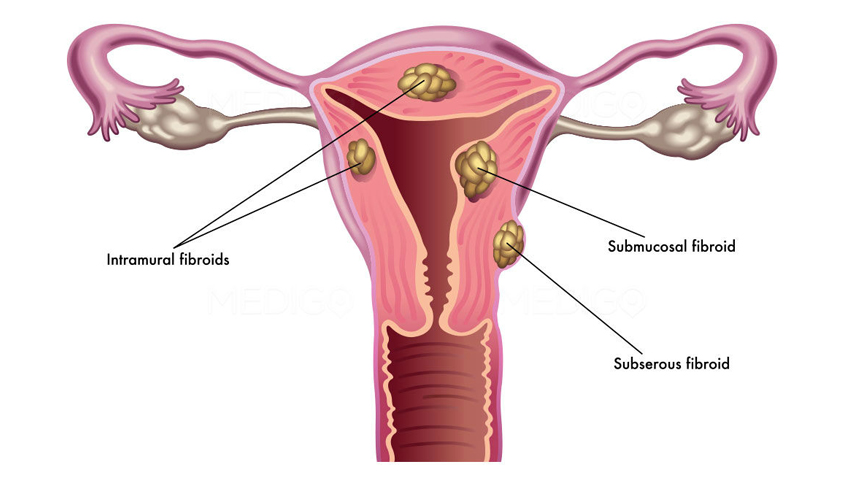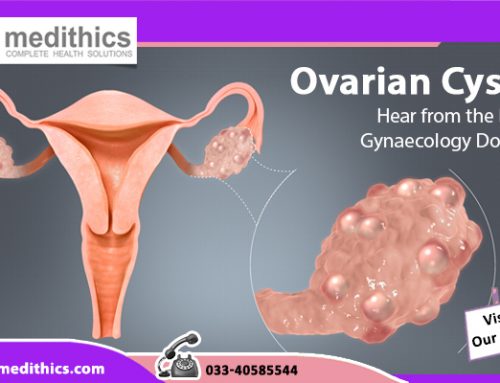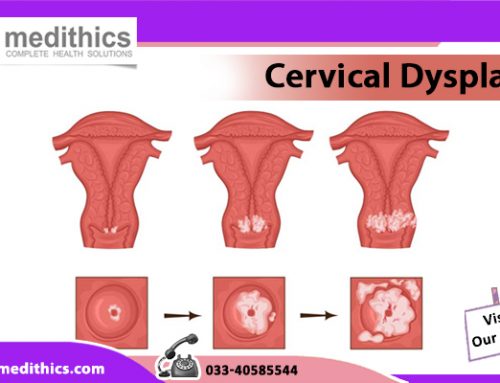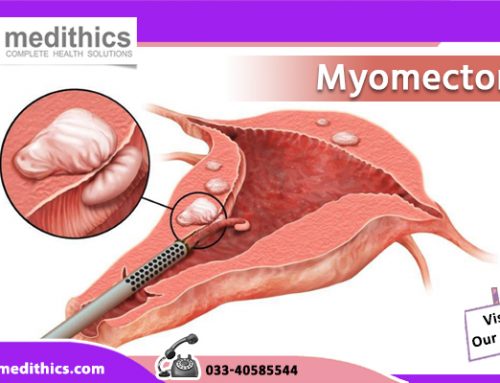The surgery is meant to remove fibroids from the uterine cavity without removing or disrupting any healthy tissue from the uterus. Laparoscopic Myomectomy uses small incisions on the patient’s abdomen to insert a special type of instrument for cutting and removing pieces of the fibroid through the incisions. The recovery of laparoscopic Myomectomy is short that takes one to two weeks.
Overview
Hyterescopic Myomectomy surgery is required to remove fibroids developed within or bulging in the uterine cavity. The surgery is performed on women who want to bear child in the future. Hence, the fibroids are removed carefully during operation without interrupting any healthy tissues in the uterus.
In the past, Myomectomies were performed by creating large incisions in the lower abdomen, but now less invasive techniques like laparoscopic and hysteroscopic myomectomies are considered the most suitable alternative to surgeries.
Hysteroscopic Myomectomy procedure is performed without the need of a surgery or incision. Performed as an outpatient procedure, the technique requires less than an hour and there is essentially very little recovery time required. Only small and accessible fibroids are treated with Hysteroscopic Myomectomy through the cavity.
The success rate of Hysterescopic Myomectomy is huge since most women can resume their normal activities in a week or two. The best part is women who want to get pregnant post surgery can successfully go through the procedure without any complaints.
Side effects of Hysterescopic Myomectomy are scarred tissues, heavy blood loss, rare chances of hysterectomy, complications related to childbirth or pregnancy and rare chance of cancerous tumour. As per the top gynaecologists, the complications associated with the surgery are rare and vary from patient to patient. Although the operations are done quickly, there are certain preparations to be taken before the treatment.
Before the Treatment
- Several hours before the treatment of Hysterescopic Myomectomy, patients are asked to stop drinking or eating. Follow your doctor’s advice to know when you have to stop taking any kind of food or liquid. It is necessary to learn about the medication routine before and on the day of the surgery. Do tell your gynaecologist about the medicines that you are already taking like vitamins, over-the-counter medicines and dietary supplements.
- Also, learn about the type of anaesthesia to be used on you. Generally, patients are given either general anaesthesia or spinal anaesthesia. The former is administered to put the patient into deep sleep during the operation and it is used in cases of robotic, abdominal, lapascopic and certain hysteroscopic myomectomies. However, spinal anaesthesia is injected in the spine to numb the nerves in the lower portion of the body. This type of anaesthesia is used for some hysteroscopic myomectomies.
- There are some other preparations to be taken as well. Patients are asked to come to the hospital on the day of surgery with someone. Make sure you have someone by your side all through the time of the surgery and to take your home.
How it is performed
Once the patient is prepared for the surgery, she is taken to the surgical unit. The procedure is done as outpatient surgery. Anaesthesia is administered to put the patient into sleep so that she doesn’t feel any discomfort during the procedure. Here is how Hysterescopic Myomectomy is performed:
- A long instrument, called hysteroscope (a kind of telescope) is inserted through the cervix that helps the surgeons to view the inside of the uterine cavity. There is a small camera fixed to one end of the telescope which is inserted inside the patient’s cervix. This helps the gynaecologist to view a magnified picture of the internals of the uterus on a screen while performing the surgery.
- During the operation, electricity is transferred from the hysteroscope onto the fibroids to cut them into pieces. While the fibroids are finely cut and shaved out the instrument sears the blood vessels in order to prevent blood loss. Patients are discharged on the same day of the surgery. The biggest plus point is that this type of surgery ensures speedy recovery.
Recovery
The recovery time of Hyterescopic Myomectomy takes a maximum of one to three weeks. It may require much lesser recovery time in some patients who can return to work within a couple of days after the surgery. Post surgery, the woman should follow the advice of her gynaecologist regarding the diet to be followed, medicines to be taken and activities that she can be part of. In a few weeks of the surgery, patients may expect vaginal staining or spotting.






Leave A Comment
You must be logged in to post a comment.